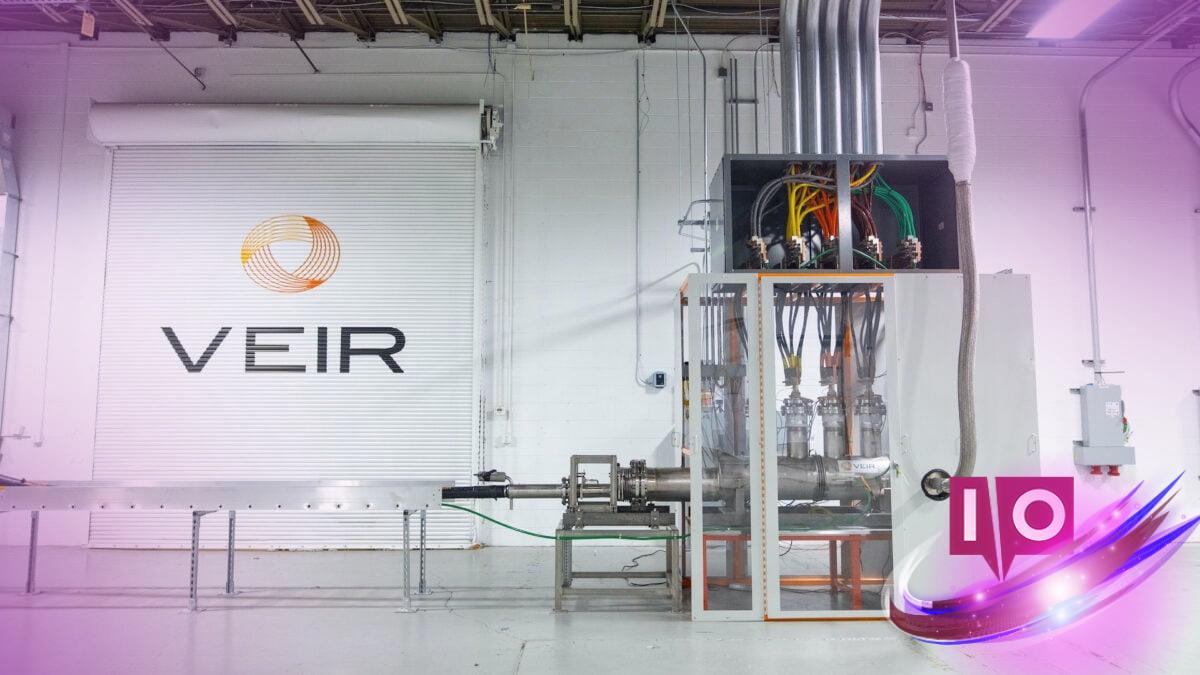The race to develop advanced AI models has major tech giants like Meta and OpenAI striving to build massive, state-of-the-art data centers. In the midst of this competition, a Microsoft-backed startup has stepped up, claiming to have created a key component necessary for this technological shift.
To put it into perspective, one gigawatt can supply electricity to approximately 750,000 homes. For AI companies eyeing sprawling data centers, the challenge of delivering such immense power is no small feat. OpenAI is planning facilities that will require at least 7 gigawatts of energy, while Meta aims to add 6 gigawatts of capacity, even if not all of it is specifically designated for AI. As a result, some AI firms have begun radical strategies, including purchasing nuclear power plants.
Massachusetts-based VEIR, a company specializing in superconducting power delivery, has announced a successful demonstration of its Superconducting Technology for AI Racks (STAR), which delivered 3 megawatts of power through a single low-voltage cable. To give you an idea, just one megawatt can power between 500 to 1,000 homes.
This demo took place in a simulated data center environment near VEIR’s headquarters in Woburn, Massachusetts. “The power bottleneck is the single biggest constraint for AI and data center growth,” asserted VEIR CEO Tim Heidel in a recent press release. “This demonstration marks a significant milestone not just for VEIR, but for the entire industry. It illustrates that superconducting power technology can meet the high-energy demands of data centers while minimizing space and weight compared to traditional systems.”
Traditional power systems, which heavily rely on copper or aluminum cables, need high voltages to efficiently deliver electricity. Unfortunately, they are also quite inefficient, as they lose energy in the form of heat through electrical resistance and require bulky cooling systems. VEIR’s innovative technology aims to change that by transmitting up to ten times more power through smaller cables and decreasing the routing footprint for low-voltage power by up to 20 times, covering vastly greater distances.
Earlier this year, VEIR secured $75 million (approximately €70 million) in Series B funding, with support from Microsoft’s Climate Innovation Fund. Heidel stated in an interview with Bloomberg that the company’s cables utilize superconducting tapes made from a special material that transmits electricity without resistance, cooled down by liquid nitrogen. This system also allows for the evaporation of liquid nitrogen, which adds an extra layer of cooling, similar to how sweat cools the human body.
VEIR’s technology isn’t limited to AI data centers; it can also enhance the efficiency of utilities and renewable energy facilities. “Improving infrastructure is essential for making clean energy more widely available,” said Brandon Middaugh, senior director of Microsoft’s Climate Innovation Fund, highlighting the importance of this innovative approach.
As of now, VEIR has declared that its technology is ready for deployment, although it remains to be seen how it will hold up outside a controlled demo environment.
What are superconductors and why are they important for the future of energy? Superconductors are materials that can conduct electricity without energy loss at low temperatures. This characteristic makes them invaluable for future energy solutions, especially in high-demand environments like data centers.
How does VEIR’s technology improve data center efficiency? VEIR’s superconducting technology can carry significantly more power while occupying less physical space and generating less heat, which minimizes cooling needs and infrastructural bulk.
What role does Microsoft play in the development of VEIR’s technology? Microsoft is backing VEIR’s efforts through its Climate Innovation Fund, which is dedicated to supporting sustainable technologies that can enhance energy efficiency.
What challenges do data centers face in terms of energy consumption? Data centers often struggle with energy bottlenecks and the inefficiencies of traditional electrical systems, leading to increased operational costs and environmental impacts.
In conclusion, the imminent deployment of VEIR’s groundbreaking technology could significantly reshape how data centers operate, especially in an era where energy efficiency is critical. Keep exploring more about technological advancements and sustainability solutions at Moyens I/O.
